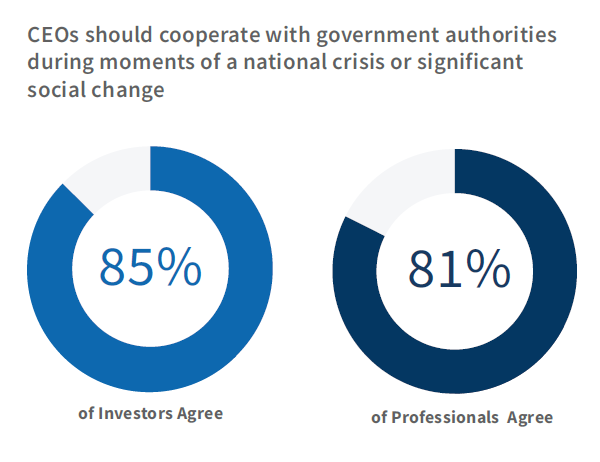Steven Davidoff Solomon is Professor of Law at the University of California at Berkeley School of Law; Byung Hyun Ahn is a Researcher at Dimensional Fund Advisors; and Panos N. Patatoukas is Associate Professor of Finance at the University of California at Berkeley Haas School of Business. This post is based on their recent paper.
Related research from the Program on Corporate Governance includes Why Firms Adopt Antitakeover Arrangements by Lucian A. Bebchuk.
Index constructs and identifiers are regularly utilized in empirical corporate governance research. They are popular. The use of legal changes as plausibly exogenous sources of variation in the economic determinants of corporate governance is also common. State antitakeover laws, particularly business combination laws, are often used as exogenous identifiers to assess corporate governance effects. Despite their popularity, there is a growing body of literature questioning the interpretation of tests that use legal changes for identification.
In Identifying Corporate Governance Effects: The Case of Universal Demand Laws recently posted to SSRN, we contribute to the debate by examining the adoption of Universal Demand (UD) laws, an increasingly popular proxy for exogenous variation in corporate governance mechanisms. UD laws were enacted by 23 states between 1989 and 2005 and require that shareholders make a demand on the board before suing for breach of fiduciary duty or other derivative actions. Because the board can refuse the demand or otherwise prosecute the case, or decline to prosecute, academics have theorized that UD laws decrease the ability of shareholders to litigate and effectively monitor the board. Since UD laws are exogenously imposed by the state, they have the potential to address the issue of endogeneity in the relation between corporate governance and litigation risk.
In a novel paper, Appel (2019) first deployed the enactment of UD laws as a plausibly exogenous source of variation in the use of entrenchment provisions commonly opposed by shareholders. Appel’s empirical investigation zeroes in on variation in the widely-used entrenchment index (E-Index), which captures the sum of provisions restricting shareholder voting power and antitakeover provisions (Bebchuk et al. 2009). The key finding is that the enactment of UD laws across adopting states is associated with a significant increase in the E-Index. Prior work interprets this finding as prima facie evidence of a causal link between shareholder litigation rights and corporate governance. A fast-growing stream of studies in corporate finance and accounting relies on the adoption of UD laws to identify cause-and-effect links between management entrenchment and various firm outcomes. The common thread across these studies is that UD laws had a direct effect on management entrenchment.
